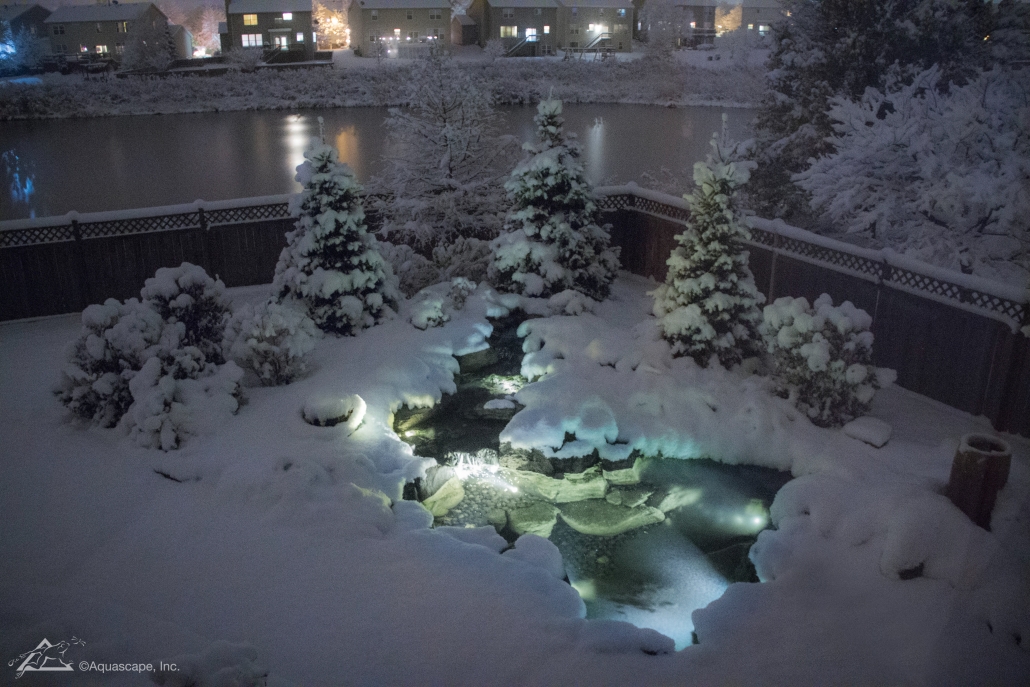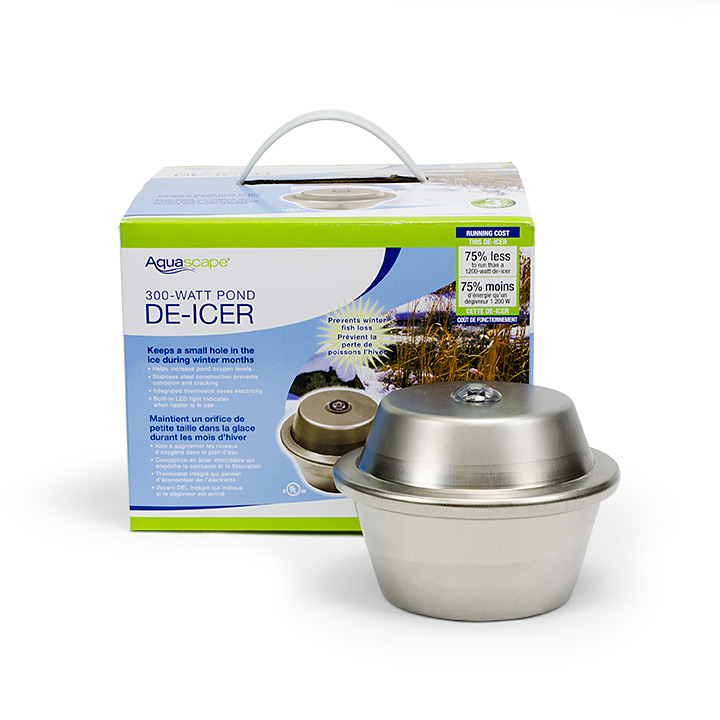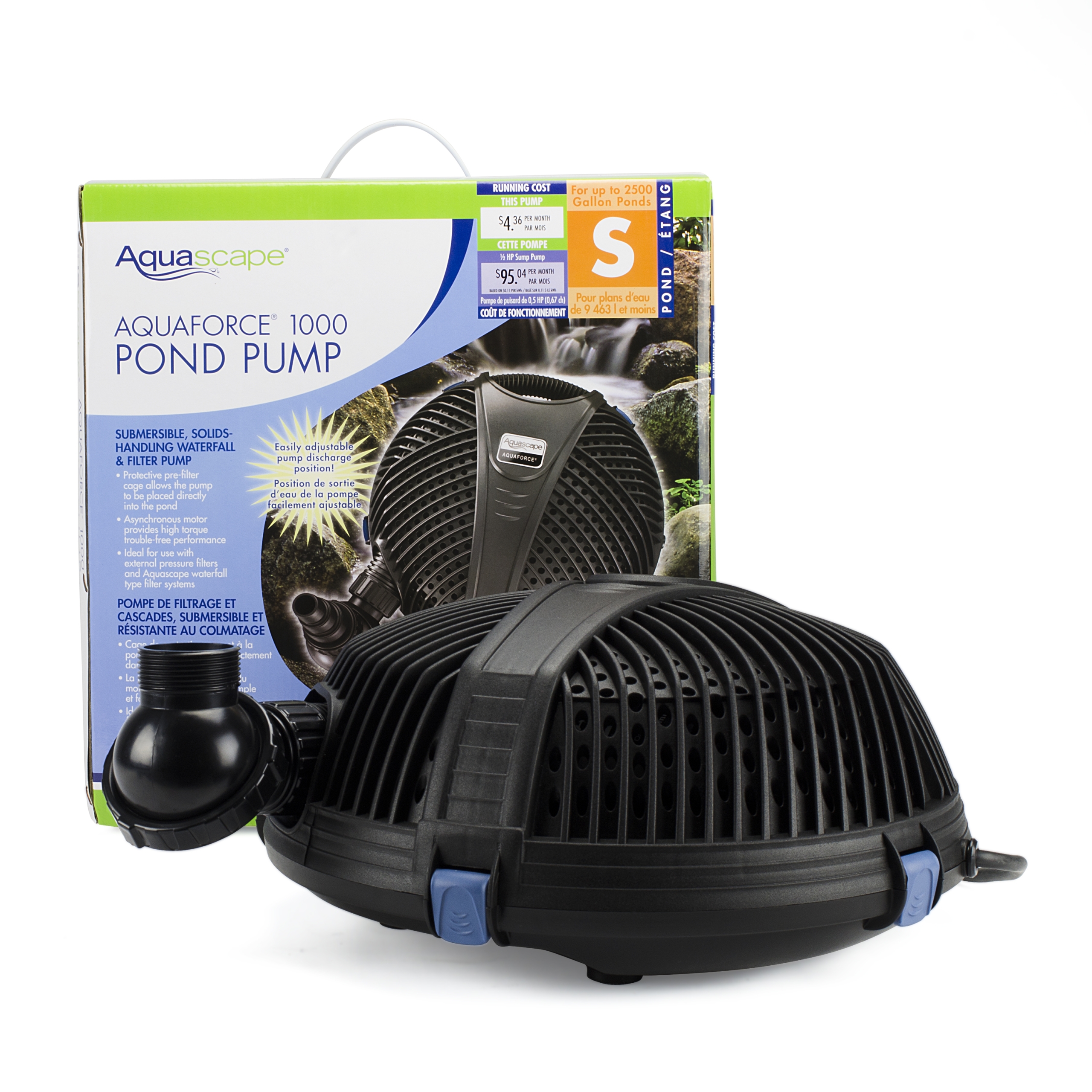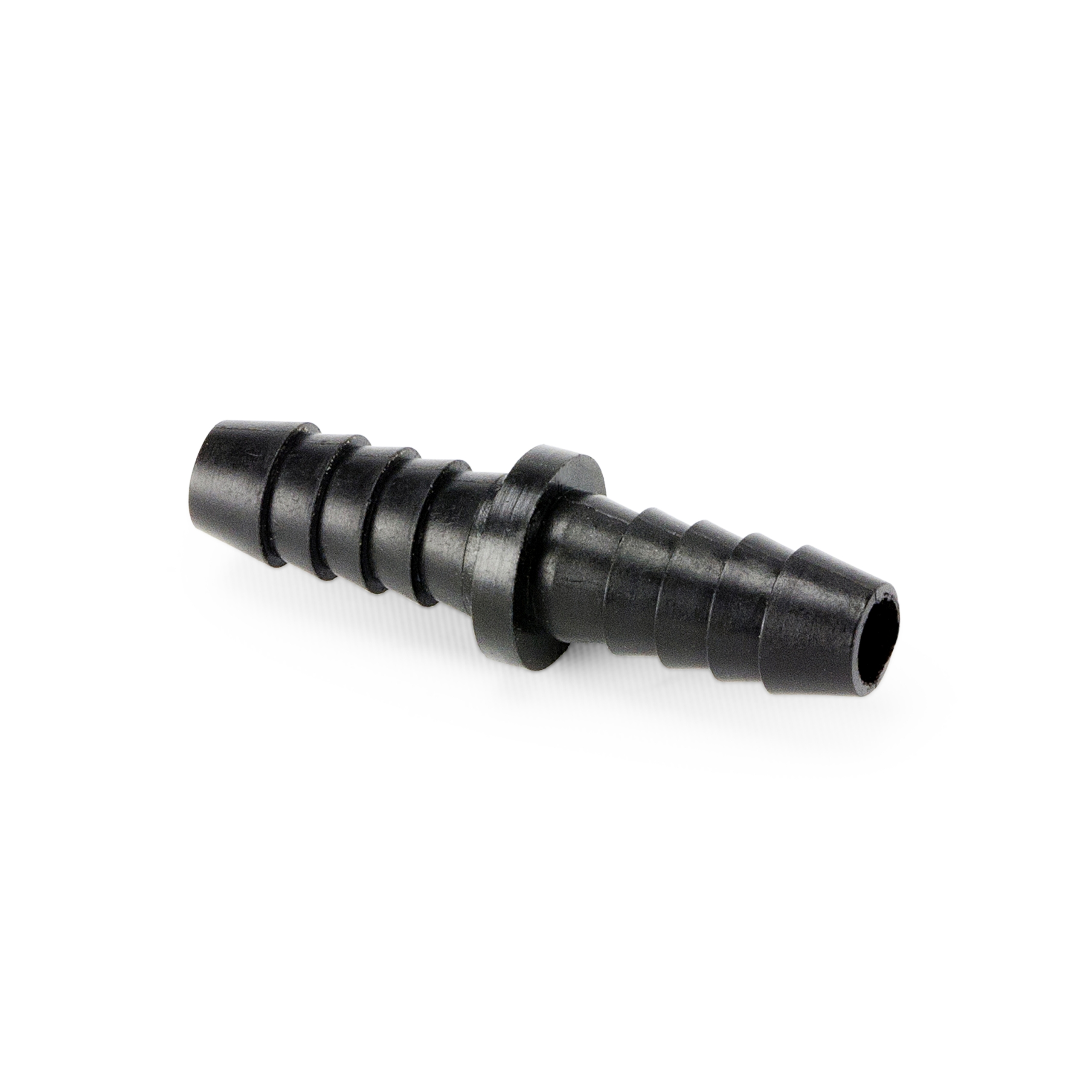How To Heat Your Pond in Winter
Many pond owners (and farmers) wonder how to heat their pond in winter. Pond heating is the most effective way of keeping your fish alive through winter, without it your harvest will be reduced by at least 50%.
There are several ways to heat enclosed waters like ponds and lakes. One of the oldest ways is to use electric (or gas) powered pumps to circulate water from a hole in the ice-covered surface of the pond – this was an effective method before modern, high insulation electric under-ice heating line came on the market. This hobby-grade technology is now available for everyday use around the world. It uses specially insulated wire ropes designed to transfer electricity down hundreds of meters deep so they don’t need extra taken to protect them against cold weather.
Using under-ice heating line has several advantages over other methods of winter heating, like outdoor heaters or submersible pumps (see more below): it can produce enough heat to keep your pond ice-free during the harshest winters; you will not need any additional equipment like heating mats/tapes on top of water since these lines are placed underwater, and all you need is some space at the bottom of your pond for installation. Your fish will be happy with this method as well, because the under-ice heating line doesn’t cause any disturbance in their natural underwater environment as regular electric heating rods do.
How does it work? Under-ice heating lines are attached to airtight “socks” which contain normal air pumps that usually move water around your pond. A waterproof connection between the air pump and the under-ice line is made with heat-shrink tubing, which shrinks/contracts when heated (a hairdryer works fine), forming the most reliable seal known to man.
If you can supply electricity to power one heating cable, you can supply all of them – installation doesn’t require extra work like creating separate circuits for each line like regular electric water heating systems do. Under-ice heating lines are daisy chained together so they don’t need an additional connection between the end of last cable and first cable – this way, it takes even less effort to install these lines than regular underwater heating cables where all connections must be done by hand. Installation only takes a few minutes and the result is a flexible, strong system capable of heating huge bodies of water.
1. Electric Pond Heaters (heating mats/tapes)
Electric heating mats or tapes are available in most hardware stores for home use. They can warm up objects up to 20 square meters (215 square feet) so they are only recommended for small ponds. The good thing about these heating devices is that they don’t need any additional installation since all you have to do is lay them on top of the water – but, this also means they won’t be as efficient as other pond heaters because half of their power will be used to cool down your pond in summer rather than keep it ice-free during winter.
They are usually covered with a protective plastic coating which makes it impossible for fish or plants to come in contact with them, but there’s still a risk of them getting burnt by overheated mats/tapes if you forget about them after installing them. This can happen even years after installation if your pond’s bottom or sides change due to ice thawing/melting, heavy rain, etc.
2. Submersible Pond Heater
Another option for winter heating is submersible pond heaters. These heaters are placed inside your pond and connected to a power supply. They usually come with a protective cage to prevent fish from getting too close or being harmed in any other way, but this also makes it impossible for plants to grow near them so they will have to be placed in an area without plants. One of the main reasons why I recommend these heating systems is because they are by far the easiest to use and maintain.
Thanks for reading at Meyer Aquascapes! We hope you’ve enjoyed our post on garden pond design. Please leave a comment below if you liked it or have any questions. We’d love to hear from you! Thanks for stopping by!










